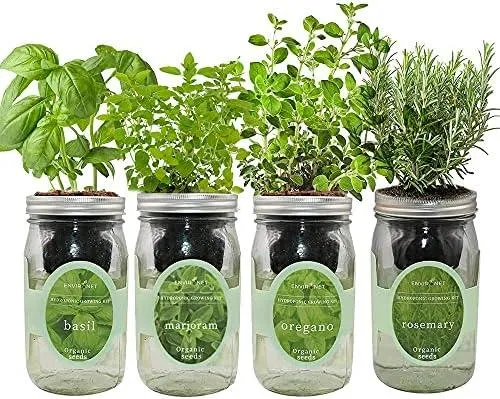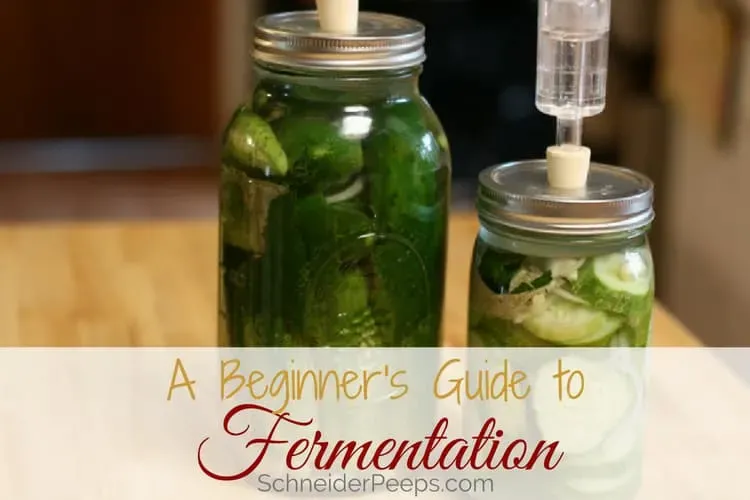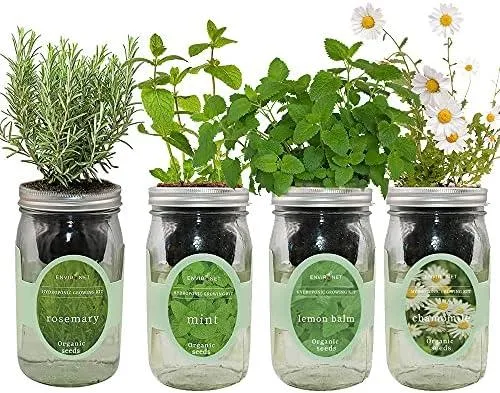
How to Grow Herbs in Mason Jars of Water: A Complete Beginner’s Guide
Growing Herbs Indoors Using Mason Jars of Water – An Easy and Effective Method
If you want to grow fresh herbs indoors but don’t have much space, growing them in mason jars of water is a great option. From my own experience, it’s one of the simplest and most successful methods for cultivating herbs right on your kitchen counter. In this article, I’ll explain everything you need to know to get started with mason jar herb gardening and answer common questions people have about this technique.
What Herbs Can Grow in Mason Jars?
- Basil – One of the most popular herbs for mason jars. Basil grows quickly and its flavor holds up well even with minimal roots.
- Mint – There are many mint varieties that do well floating, like peppermint and spearmint. Just be aware that mint can be invasive.
- Parsley – Both curly leaf and flat leaf parsley thrive with their roots in water.
- Cilantro – Its feathery leaves resemble those grown in soil. Pick leaves often to encourage regrowth.
- Thyme – Choose compact varieties like lemon or lime thyme. Regular thyme may outgrow jars faster.
- Oregano – A favorite herb in the Mediterranean, it floats well till harvest time.
- Chives – The grassy onion flavor of chives freshens up dishes year-round from a jar.
Smaller leaf herbs like rosemary, sage, and dill can also float, but may outpace jar boundaries quickly. Stick with more compact varieties listed above when space is limited.
Setting Up Mason Jar Herb Gardens
Gather quart-sized mason jars, organic herb cuttings or starts, and water. Clean jars thoroughly and punch drainage holes in their metal lids using an awl or nail for proper air circulation to roots. Fill jars halfway with room temperature water. Snip four to six inches from fresh herb sprigs or remove starter plants from pots. Strip lower leaves to encourage rooting from stems. Place trimmings or small plants upright in water with bare stems submerged. Set jars in bright, indirect light and keep roots submerged as water levels drop biweekly. Roots should form within two to four weeks in warm areas.
Pro Tips: Add a tablespoon of liquid fertilizer to water every two weeks for optimal growth. Place jars on plates or saucers to catch drainage. Rotate jar placement weekly to prevent leaning growth patterns. Change water every 2-4 weeks to prevent build up of bacteria or algae that can harm plants. Top off jars with fresh water as needed to keep roots submerged as plants drink up liquid.

Rooting Success and Troubleshooting
Whether roots develop underwater depends largely on herb variety, temperature, and light exposure. From my experience, basil, mint, and parsley usually root 100% of the time given optimum conditions. If cuttings aren’t forming roots after four weeks, a few issues could be at play.
Insufficient light may stunt rooting – make sure jars receive several hours of direct sun or very bright artificial light daily. Plant cuttings can also fail to root if water is not clean, fresh and sterile. Tap water containing chlorine may inhibit root growth, so use filtered, distilled, or rain water instead. Additionally, extremely warm or cold temperatures outside a 65-80°F/18-27°C range can slow the process. With artificial lighting and temperature control, rooting works year-round indoors. Don’t lose hope if a batch doesn’t succeed – just try a fresh start with properly prepared jars.
Sometimes aeration or placement could be hindering oxygen delivery to roots. Aerating water regularly by wiggling or fanning plant stems exposes them to more air exchange that promotes root blobs forming. Jars could also be sitting with roots facing down if not rotating weekly – upright herb faces encourage rooting upwards against glass versus downwards into depths of water where oxygen levels decrease. Be patient and troubleshoot environmental factors to nurture successful roots over time rather than quick fixes.
Transplanting and Maintenance
Once strong roots fill jars, transplant rooted cuttings or established plants into soil for ongoing harvests. Carefully empty jar water, twist off lid, and gently remove rooted herb clump keeping as much of the underwater root structure intact as feasible. Transplant root mass into a small pot using preferred potting mix and place in desired garden area such as window sill or patio. Keep newly potted herbs well-watered as roots adjust to solid growing medium rather than liquid environment. Cut leafy growth frequently to encourage dense, bushy plants.

Maintain remaining jar gardens by changing water every 2-4 weeks to prevent algae growth or build up of bacteria harmful to plant health. Trim roots that grow very long and lanky – neat roots absorb water efficiently. Rotate jar locations weekly. Snip leaves regularly for cooking needs. With routine care, self-sustaining mason jar herb patches provide dependable, pesticide-free harvests indoors for months on end!
To keep things interesting, you can try experimenting with different water additives too – like diluted liquid kelp or comfrey root fertilizers. But purified water alone works splendidly. I know from experience that these easy, inexpensive mason jar herb gardens satisfy the desire to grow edibles without a lot of outdoor space. They make terrific centerpieces while serving an functional purpose. Give them a try – you’ll be amazed by the mouthwatering herbs you can raise right on your kitchen counter!
Tips for Growing Herbs in Mason Jars of Water
| Herb | Sunlight Needs | Change Water Every |
|---|---|---|
| Basil | Full Sun | 1 Week |
| Mint | Partial Sun | 2 Weeks |
| Parsley | Partial Sun | 1 Week |
| Chives | Full Sun | 1 Week |
| Oregano | Full Sun | 2 Weeks |
| Thyme | Full Sun | 2 Weeks |
FAQ
-
Can I grow herbs in mason jars with just water?
Yeah basically you can grow some types of herbs like mint, basil and parsley in mason jars filled with water. The roots will absorb the water and nutrients they need to survive. As long as you change the water every few days, the herbs should kind of keep growing.
-
Which herbs grow well in mason jars?
The best herbs for mason jar growing are mint, parsley, basil, oregano and thyme. Those herbs tend to grow fairly quickly and easily without soil. You may also have some success with dill, but it grows more slowly. Kale and chives sometimes work okay too. I’d avoid trying rosemary, cilantro or more fragile herbs in just water though.

-
How long will herbs grow in mason jars?
It ranges quite a bit depending on the specific herb and care, but most kitchen herbs should grow well in mason jars for at least a few weeks or a month. Parsley and basil may last closer to 6 weeks. Mint could potentially keep growing for a couple months or more with regular water changes. I’ve heard of people managing to keep mason jar mint alive for over a year!
-
Do the mason jars need light?
Yup, the herbs definitely need access to natural sunlight to photosynthesize and continue growing in their mason jar homes. Ideally, place the jars in a spot with bright, indirect light for at least 6 hours a day. Southern or eastern windows usually work amazingly. You could also use a grow light if necessary. Without sufficient light, the herbs may get leggy and stop thriving.
-
How often should I change the water?
Most sources recommend refreshing the water in the jars every 3-5 days. The water has to remain oxygenated for the roots. I’ve found changing it twice a week works well. If algae grows or the water looks murky, it’s a sign it’s time for a change. Better safe than sorry – the herbs will not be too happy if their water goes bad on them!
-
Any tips for growing herbs this way?
A few extras that can help are adding a few drops of liquid fertilizer to the water, trimming the herbs regularly to promote new growth, and making sure to sterilize the jars beforehand so no bugs hitchhike in. You might also consider starting from seedlings rather than full grown herbs for best results. Good drainage holes in the jar lids are important too. Have fun and enjoy your homegrown herbs!
